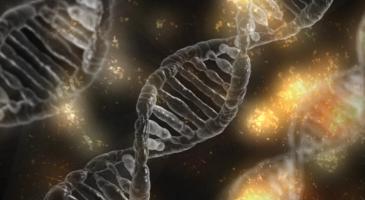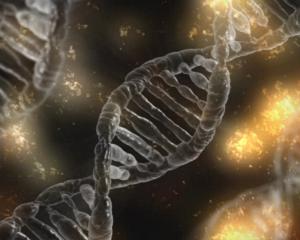“It’s the proverbial ‘wild West’ of genetic interpretation,” said Sarah Nelson, a University of Washington research scientist in the Department of Biostatistics who recently completed her doctorate in the School of Public Health. Nelson is the lead author of a paper recently published in The American Journal of Human Genetics.
In the News


UW Biostatistics Research Scientist Sarah Nelson writes about her recent study that sought to better understand the perspectives, experiences and motivations of consumers accessing their raw genetic data and using third-party interpretation tools
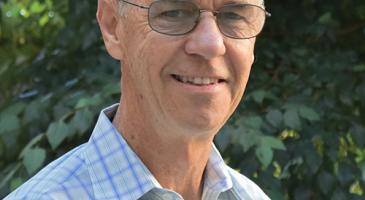
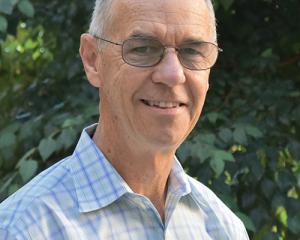
Forty years ago, UW Biostatistics Professor and Fred Hutch researcher Ross Prentice was part of a team that published the first unequivocal report in humans that immune cells have the power to cure cancer.


A new study of dental evidence suggests Neanderthals and humans diverged around 800,000 years ago—hundreds of thousands of years earlier than standard estimates. UW Biostatistics Research Professor Sharon Browning feels that the new paper relied too heavily on an extrapolation made from a single data point.
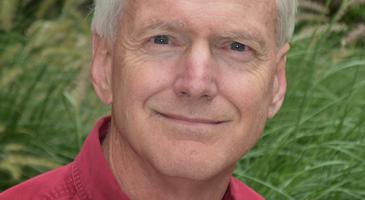
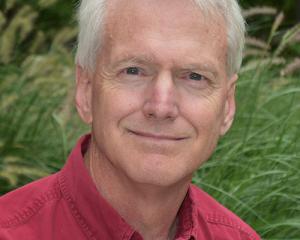
Biostatistics professor James Hughes and his team of Biostat co-investigators continue their critical work of developing innovative statistical methods for HIV/AIDS research.


A new study using genetic data is offering an intriguing new look into the history of the Denisovans, revealing them as a people of far greater diversity, and reach, than ever before. “This is a very interesting article, which presents some new data that helps to round out the picture of archaic admixture in New Guinea and nearby,” says Sharon Browning, a researcher at the University of Washington.
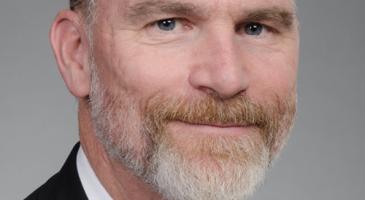
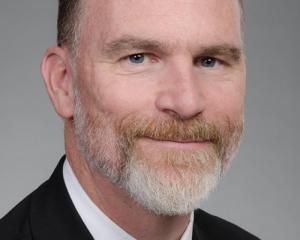
Patrick J. Heagerty, University of Washington Professor and Gilbert S. Omenn Endowed Chair in Biostatistics, has been inducted into the Johns Hopkins University (JHU) Society of Scholars. The society recognizes former Johns Hopkins students, faculty and staff who have made outstanding contributions to their fields since leaving the university. Heagerty earned his PhD at JHU.


DNA from a large sampling of living southeast Asians suggests that the ghostly Denisovans may be not one, but three distinct kinds of human, one of which is almost as different from other Denisovans as they are from Neanderthals. Sharon Browning of the University of Washington expresses both excitement and caution about the results and what they might mean. “It’s just one little piece of the story,” she says of the new work. “But every little piece we find helps us really fill it out.”
